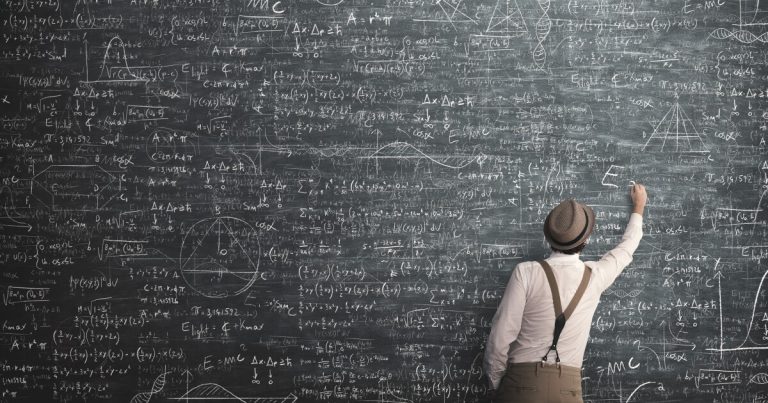Bridging the Gap: Scientists Seek New Ways to Communicate in the Digital Age
The 21st century has ushered in a radical transformation of the information ecosystem, with the internet and social media reshaping how Americans access news and identify trustworthy sources. This shift has presented a significant challenge for scientists, whose vital messages on public health, climate change, and other critical issues often struggle to cut through the noise of the digital landscape. The increasing prevalence of misinformation and the erosion of trust in traditional institutions have further complicated their efforts to engage the public effectively. As a result, scientists are increasingly seeking innovative approaches to public outreach and communication, striving to bridge the gap between scientific understanding and public perception. This evolving challenge was the focus of a recent discussion on the “Sound of Ideas” program, which brought together leading scientists and communication experts to explore the complexities of communicating complex scientific concepts in the digital age.
The program featured Kirsten Ellenbogen, CEO of the Great Lakes Science Center and author of a paper published in the “Proceedings of the National Academies of Sciences” addressing this very issue. Ellenbogen highlighted the difficulties faced by scientists in navigating the current media environment, where information overload and the proliferation of unsubstantiated claims compete with evidence-based research for public attention. She emphasized the need for scientists to adopt new communication strategies, including leveraging the reach of social media platforms and engaging in direct dialogue with the public. The discussion also included insights from David Burke, Vice President for Science and Conservation at Holden Forests and Gardens, and Stan Gerson, M.D., Dean of the School of Medicine and Professor in the Department of Medicine at Case Western Reserve University. Their perspectives highlighted the diverse challenges faced by scientists across different disciplines, from communicating the urgency of climate action to addressing vaccine hesitancy.
The “Sound of Ideas” conversation underscored the importance of adapting scientific communication to the evolving media landscape. Traditional methods of disseminating information, such as academic publications and press releases, are no longer sufficient to reach and engage a broad audience. Scientists must become more adept at using digital platforms, crafting compelling narratives, and cultivating relationships with journalists and influencers to ensure their messages resonate with the public. Furthermore, the discussion emphasized the need for scientists to build trust and credibility by transparently communicating their methods, acknowledging uncertainties, and actively addressing misinformation. This requires moving beyond simply presenting facts and figures to fostering genuine dialogue and engaging with the public’s questions and concerns.
The increasing politicization of science further complicates these communication challenges. Issues like climate change and vaccine efficacy have become highly polarized, with entrenched beliefs often overriding scientific evidence. In this environment, scientists must navigate complex social and political dynamics, finding ways to communicate effectively with diverse audiences holding varying levels of scientific literacy and different worldviews. This necessitates building bridges across ideological divides and engaging in respectful conversations that acknowledge the validity of different perspectives while upholding the importance of evidence-based decision-making.
The program also touched on the crucial role of science education in preparing the next generation to critically evaluate information and navigate the complexities of the digital age. Equipping individuals with the skills to differentiate between credible sources and misinformation is essential for fostering a scientifically literate society. This requires strengthening science education at all levels, from K-12 classrooms to university curricula, and promoting lifelong learning opportunities for adults. By cultivating critical thinking skills and fostering an appreciation for the scientific process, we can empower individuals to make informed decisions about their health, the environment, and the future of our planet.
Beyond the pressing need for effective science communication, the “Sound of Ideas” program also explored a seemingly unrelated topic – the legacy of Superman in Cleveland. With the release of a new Superman film shot in the city, efforts are underway to solidify the connection between the iconic superhero and his birthplace. This includes the unveiling of a new Superman statue in downtown Cleveland, a testament to the city’s role in the creation of this enduring cultural icon. The discussion featured Valentino Zullo, Board Member of the Siegel and Schuster Society and Co-Director of The Rust Belt Humanities Lab at Ursuline College, and Andrew Aydin, author of “March” and “Run.” Their insights highlighted the enduring power of storytelling and the importance of celebrating cultural heritage, offering a fascinating counterpoint to the discussion of scientific communication. While seemingly disparate, these discussions underscored the power of narrative and the importance of effectively communicating ideas, whether they pertain to the complexities of scientific research or the enduring appeal of a superhero.


